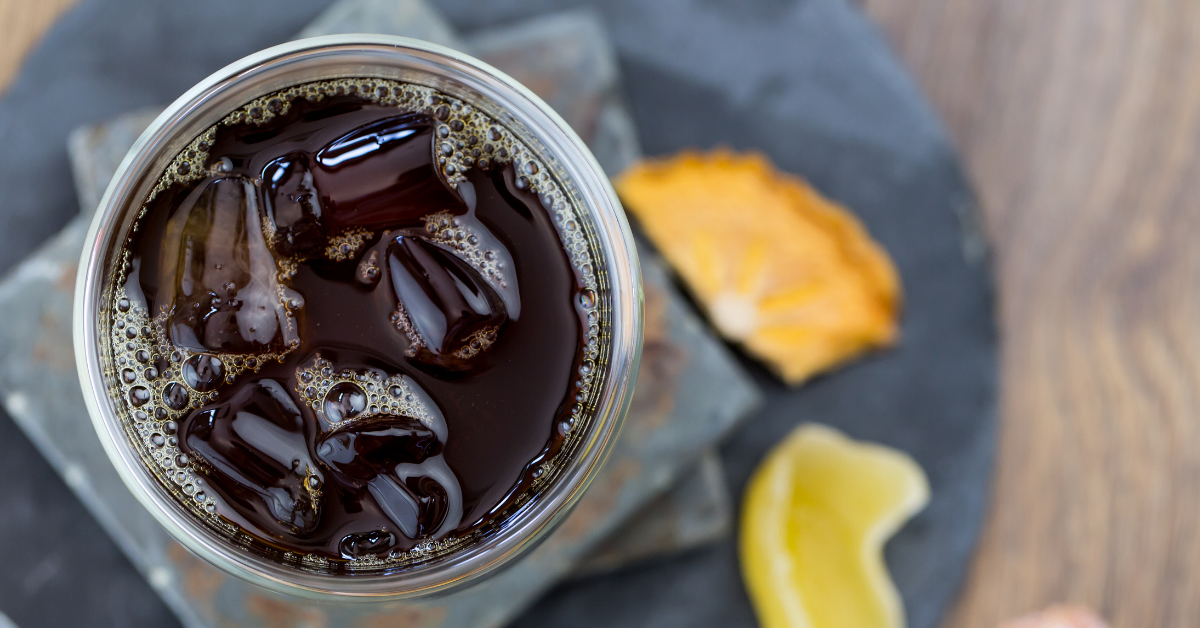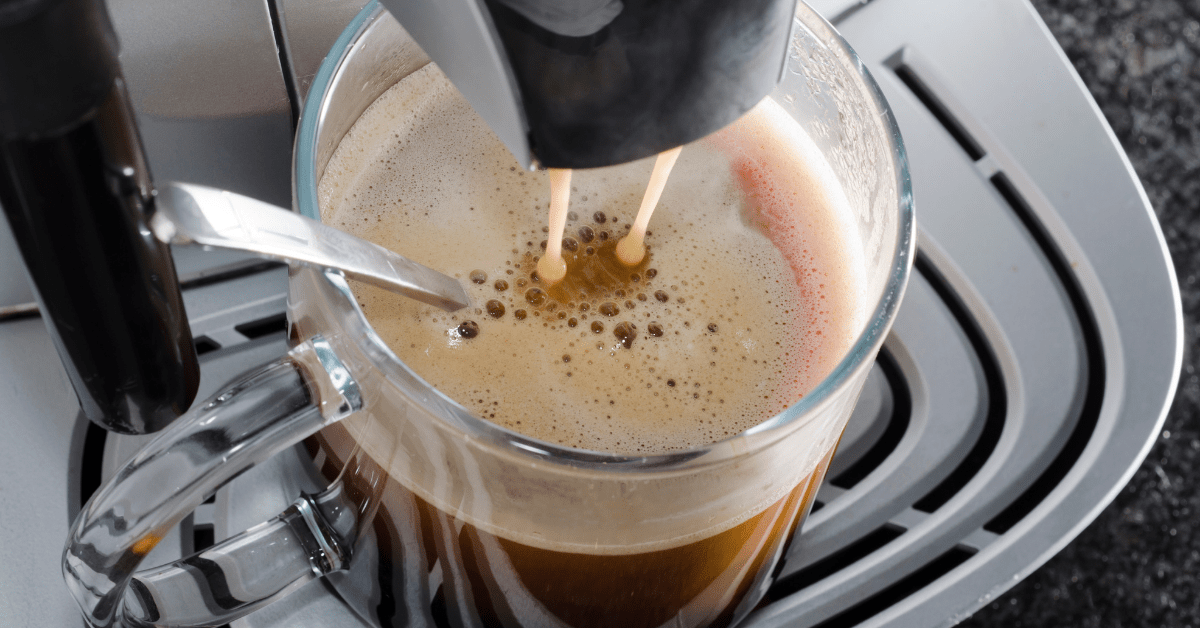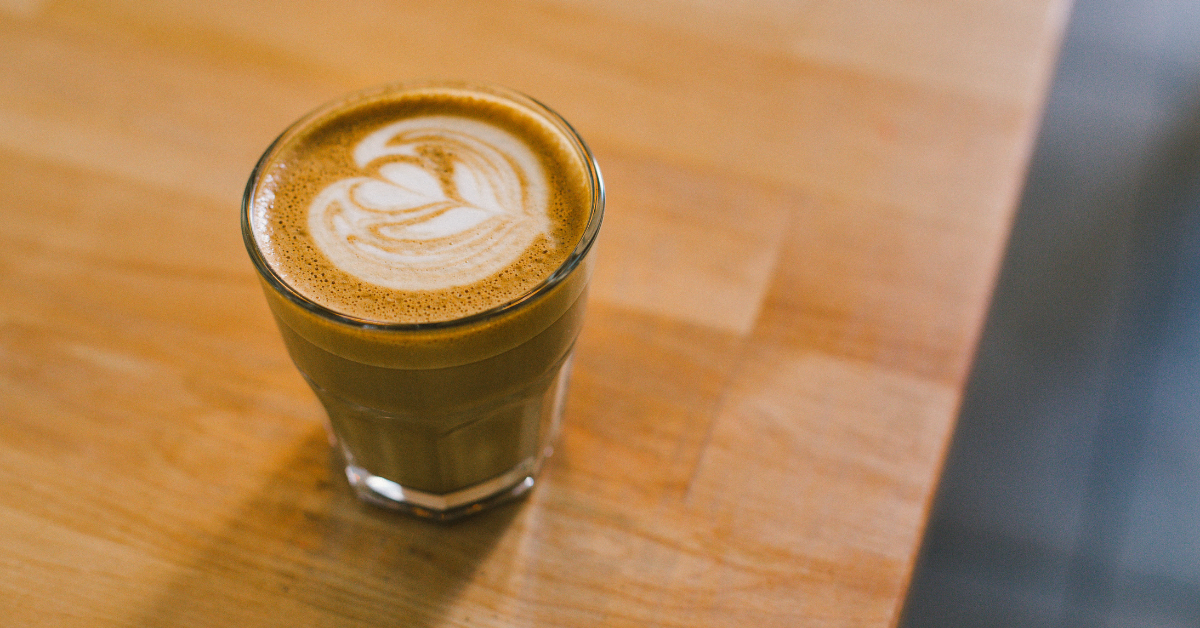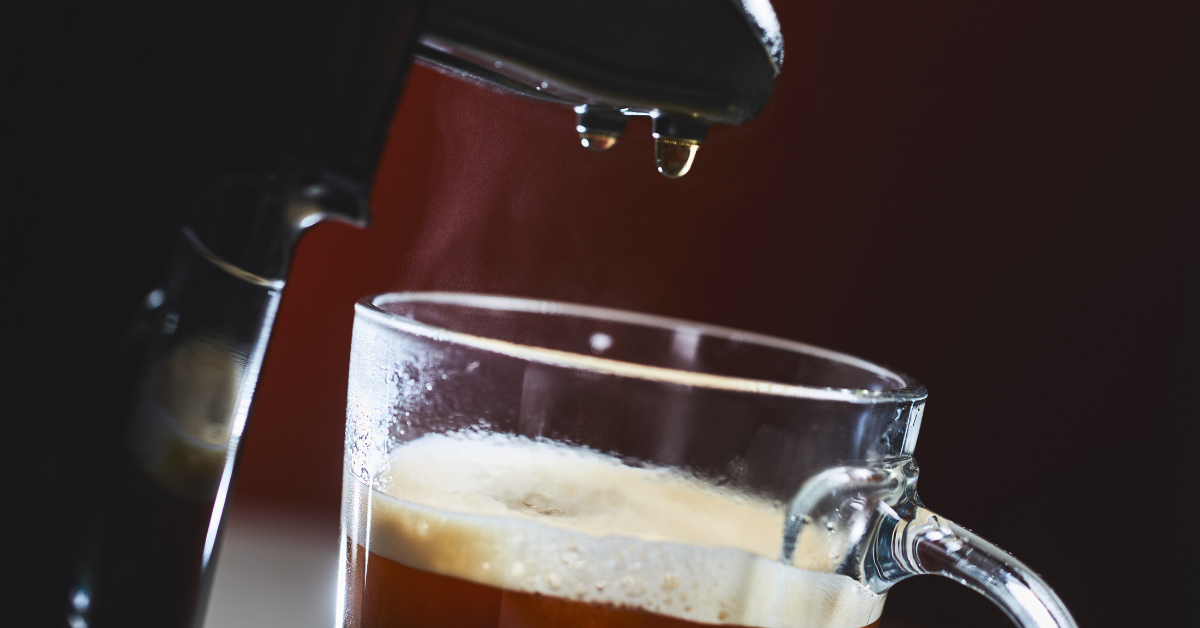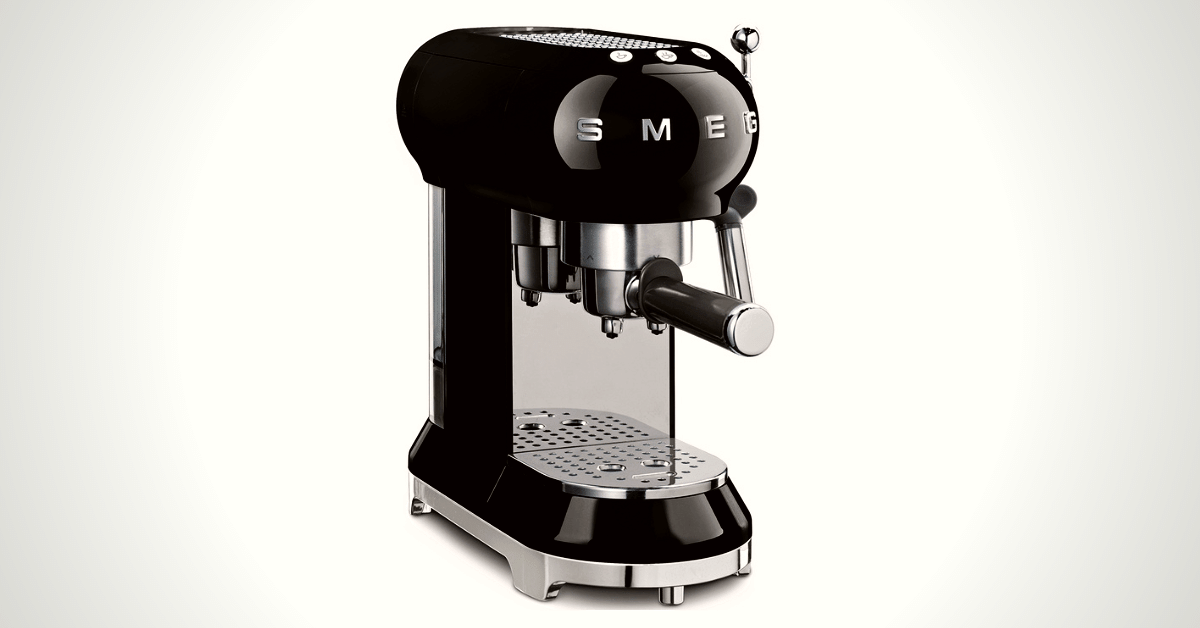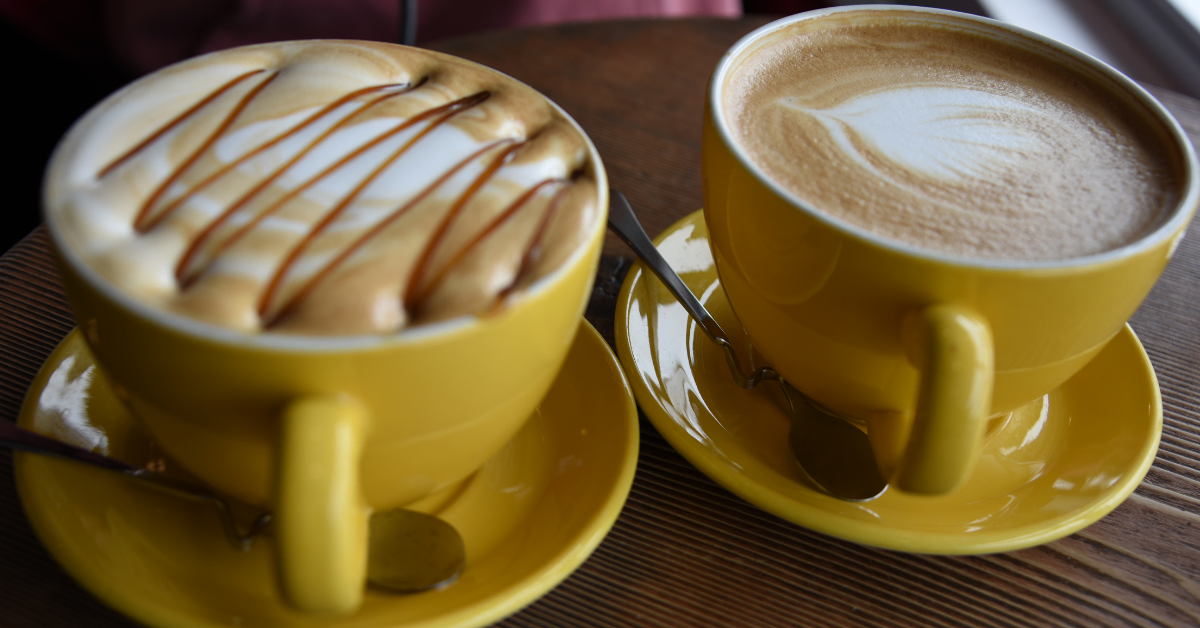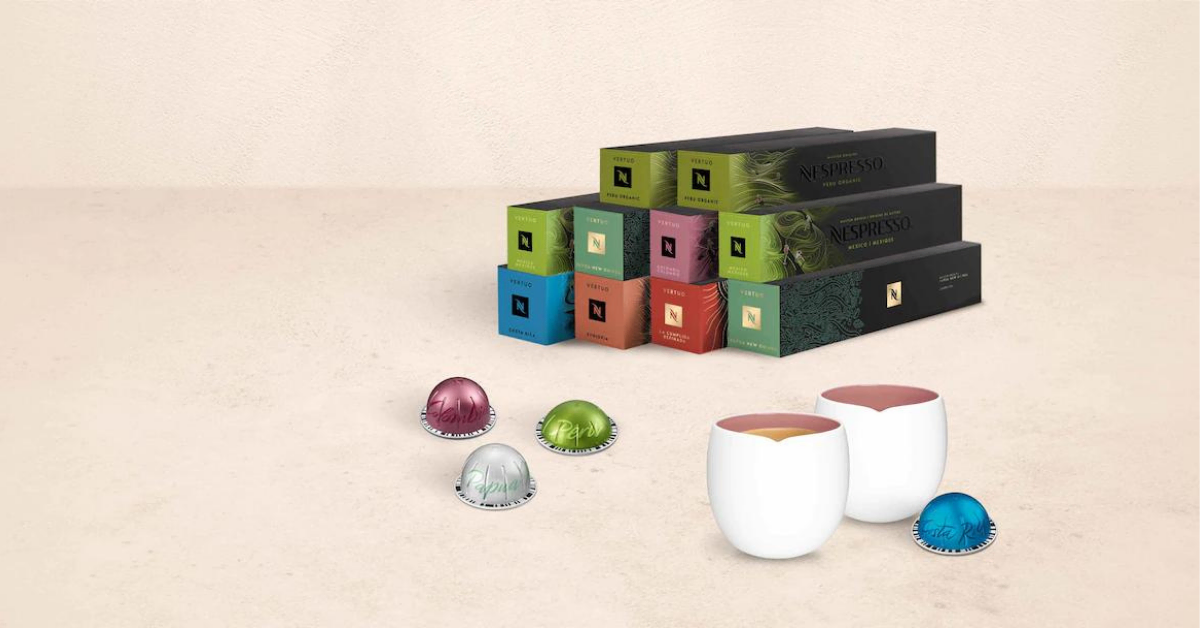Although not eco-friendly, plastic cups can be handy sometimes, especially if you are having a party.
But can you put hot coffee in a plastic cup?
I wouldn’t recommend it, as it poses certain risks.
Read on to learn more.
Can You Put Hot Coffee in a Plastic Cup
While technically, you can put hot coffee in a plastic cup, that doesn’t mean you should.
Why?
Well, because plastic melts in high temperatures. And that not only affects how your coffee tastes but causes it to become toxic in a way.
When you pour a hot beverage into a plastic cup, a phenomenon called migration can occur. Migration happens when substances in the plastic separate and get into the food or drink.
These substances that separate are called “additives.” They’re added to improve certain properties of the plastic cups, like thermal stabilization and durability. Often, these additives are also added to save up on other, more expensive compounds.
The most dangerous substances plastic can leech are BPA, styrene, and formaldehyde.
Now, I’m not saying drinking hot coffee from a plastic cup once in your life will kill you. But regularly using them can be very detrimental to your health.
With that being said, not all plastic cups are the same.
Red Solo Cups

Red cups are the staples of every college house party. Can you imagine beer pong without them?
But while they’re practical for a cold beverage, you should never use a red solo cup to hold hot coffee. Given how affordable red solo cups are, it’s no surprise they’re made of cheap materials. In most cases, that’s either polyvinyl chloride (PVC) or polystyrene.
PVC, for instance, melts at boiling temperature. With polystyrene, this temperature is a bit higher.
But in both cases, migration occurs at much lower temperatures, around 100 degrees Fahrenheit. And coffee of that temperature isn’t even considered to be hot.
Plastic Starbucks Cup
Starbucks plastic cup is made from polypropylene. This material is BPA-free, so you don’t have to worry about the horrible side effects caused by this substance.
Now, Starbucks says these cups are designed for drinks of temperatures ranging between -4 and 221 degrees Fahrenheit. Polypropylene melts at 220 degrees Fahrenheit, so you don’t have to worry about the cup melting.
But that doesn’t mean you should use them for hot coffee. There might be some other additives that can migrate into your drink. In the case of this material, migration can occur with drinks heated up to 105 degrees Fahrenheit.
Plastic Water Bottle

Plastic water bottles are made of polyethylene terephthalate (PET), which is approved safe for food and drink storage by FDA. This material is BPA-free, but there are other chemicals that can potentially leach from it.
One of them is hidden in its name – phthalate. In fact, in a study, this chemical was found in PET bottles kept at room temperature. Now, you can imagine what happens when you pour in something hot.
And aside from being harmful, coffee from a plastic bottle wouldn’t taste nice.
Other Types of Plastic Cups
You might be wondering, what about biodegradable cups?
These are generally made of polylactic acid (PLA). That’s a thermoplastic monomer derived from renewable, organic sources like corn starch or sugar cane.
Well, there’s nothing toxic in this material.
Does that mean it’s suitable for hot coffee?
Unfortunately, no. PLA has a relatively low heat tolerance, so it can melt from the heat of your liquid.
I must also mention the “fake” bamboo cups. I say fake because the ones actually made of bamboo are great for hot drinks, and I’ll get to that in a minute.
By fake, I mean cups made from melamine-formaldehyde resin to which bamboo fibers or powder are added. Now, these are two chemicals you also don’t want in your cup. And at high temperatures, they will surely leak into it.
Finally, maybe you’ve seen those small plastic espresso cups with a handle. These are called Darnel Milano cups, and they resemble demitasse in design. This coffee cup is thick and has a rigid handle.
But even though piping hot espresso is served in these cups, they aren’t healthy. Made of polystyrene, these cups will leach certain chemicals into your coffee.
Health Risks of Drinking Hot Coffee in Plastic Cups
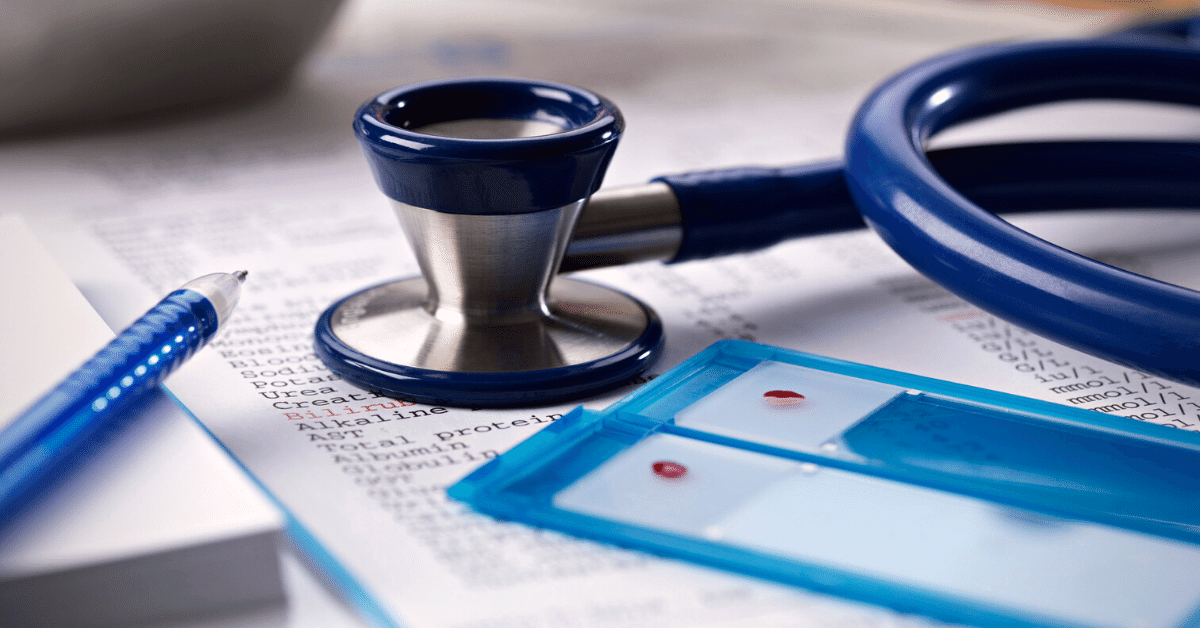
As we already established, the problem with plastic cups is that they can leach certain chemicals into your coffee.
These chemicals are harmful to our bodies. But how much exactly?
BPA
When it comes to plastic, the most known chemical to look out for is BPA. The infamous BPA can be quite toxic when you’re exposed to it for a prolonged period of time.
Mainly, it affects the reproductive hormones in our bodies. BPA does that by imitating estrogen, which then causes hormonal imbalance. During puberty, BPA toxicity can decrease reproductive capacity and even finish puberty prematurely.
In adults, this can affect the prostate and ovarian cells, cause infertility and even lead to cancer.
More studies have to be done on the subject. But BPA is also believed to be a contributing factor to high blood pressure, heart conditions, and diabetes.
Styrene
Next on the list of dangerous substances is styrene.
This chemical can cause damage to the nervous system when you’re exposed to it for a longer time.
And although it’s yet to be confirmed, it’s believed that styrene is cancerogenic. Styrene can damage white blood cells. This opens up the way for developing lymphohematopoietic cancers, such as leukemia and lymphoma.
Formaldehyde
This is yet another common additive that is believed to be cancerogenic.
A couple of studies have been done on the subject.
One of them showed a connection between this chemical and some rare forms of cancer. These include cancer of the nasopharynx, nasal sinuses, and certain types of leukemia.
Safe Alternatives to Toxic Plastic Cups
So, what to use when taking coffee to go?
Well, you have a couple of options.
Bamboo
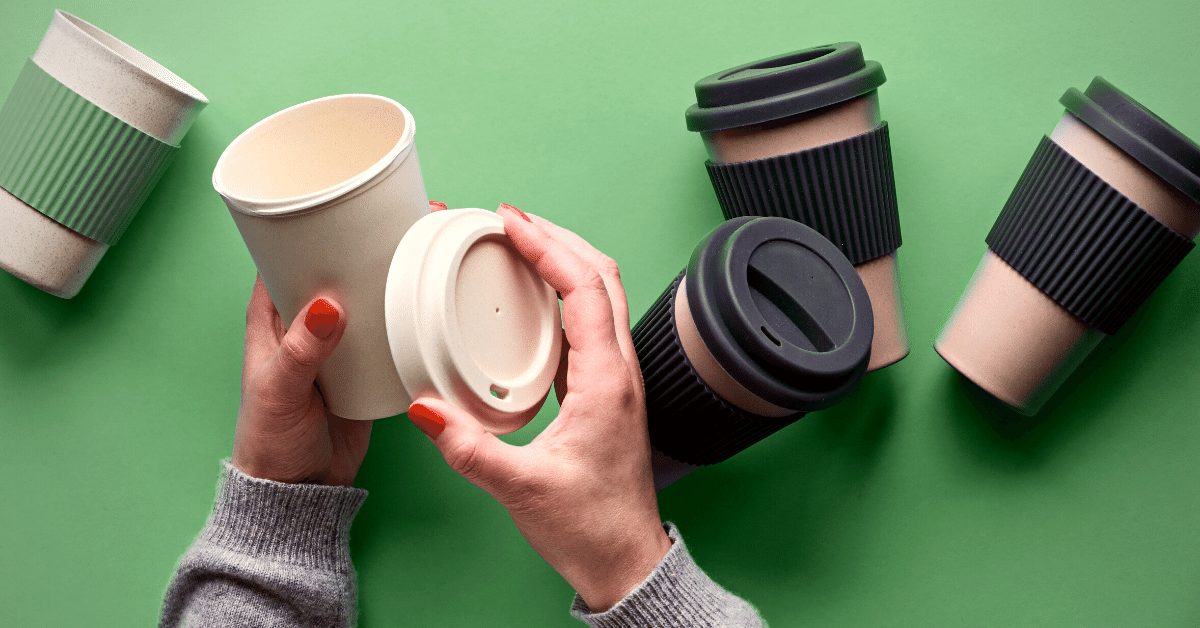
Disposable coffee cups made from bamboo are great. They’re made from naturally sterile bamboo fiber and are free from plastics. Plus, they’re recyclable.
Of course, this is not true in the case of “fake” bamboo cups that contain melamine or formaldehyde. So keep an eye on the label when buying.
Steel
Another great option is a reusable cup made from steel.
Steel is free from all toxic substances, and it’s antibacterial as well.
True, it’s slightly heavier than plastic. But that also makes it extremely durable. Plus, it can be recycled, so it’s a zero-waste option.
Ceramic
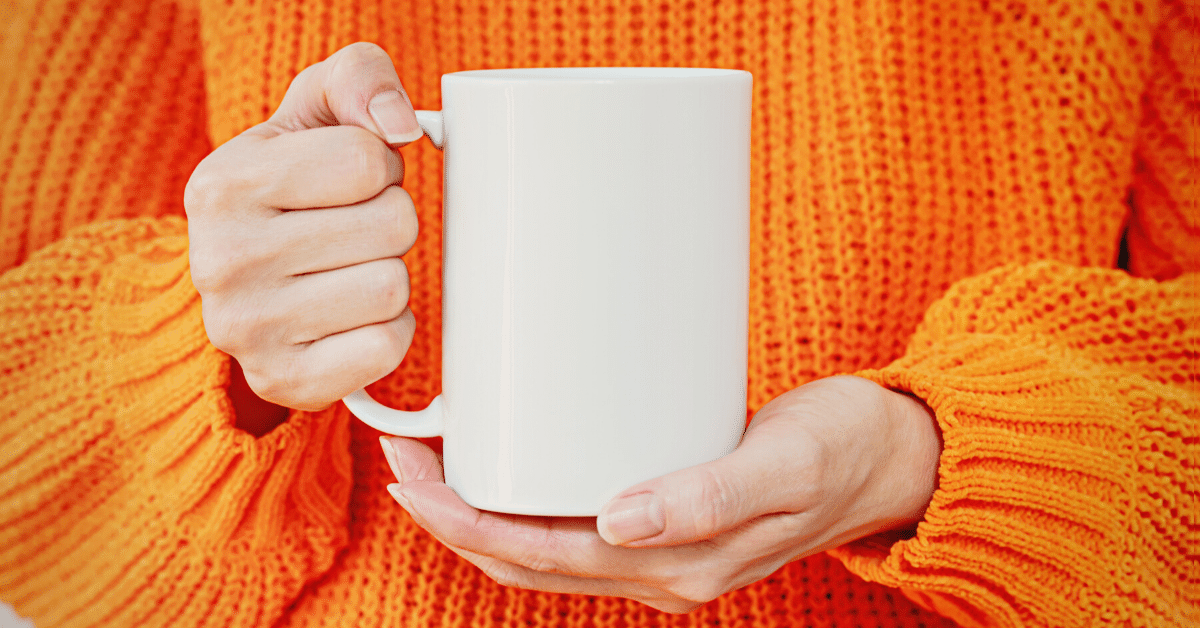
Finally, nothing beats ceramic.
But there’s something to keep an eye on.
Back in the day, lead was used in ceramic for a smooth finish. But lead can also leach into your drink, and it’s toxic. So don’t buy ceramic travel mugs from unknown sources.
In Conclusion
Plastic cups are not a good choice for holding hot coffee.
Plastic, whatever the type, can leach certain chemicals into your drink that can be toxic when exposed for a prolonged period of time. Some plastic types also melt when in contact with hot liquid.
Also, it’s worth noting that a disposable cup is definitely not good for the environment. It’s always better to bring your travel mug and avoid using disposable cups.
If you absolutely must, you can use a plastic cup as a last resort. But avoid making that a habit.
Looking for a long-term solution? Check out our list of the best coffee thermoses out there.



